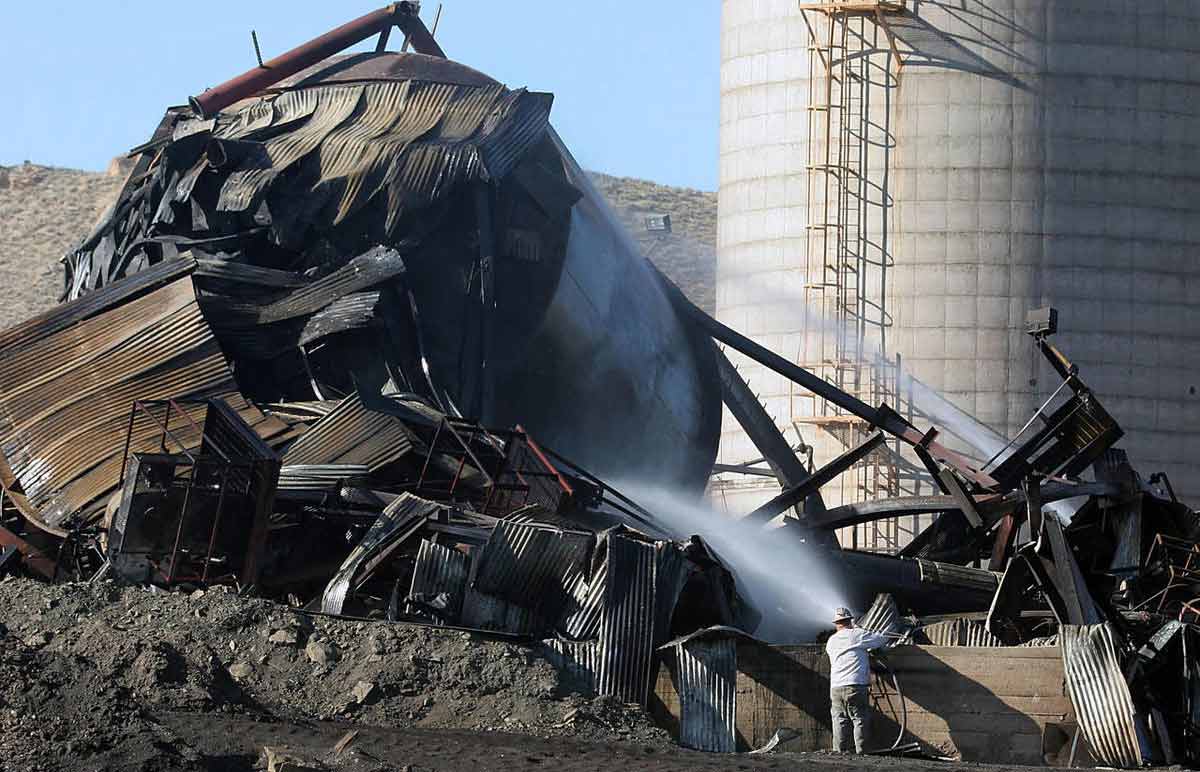In this essay, we will look at the criteria for measuring and diagnosing the hardness and strength of bitumen and natural asphalt. We’ll also talk about the hardness of gilsonite and the hardness of natural asphalt. In the first step, we’ll go through the hardness and additive percentages:
Hardness of gilsonite
Gilsonite is exceedingly brittle. It is easily broken. The best particle distribution for usage as a raw material in carbon synthesis comes from rolling Gilsonite between two drums.
When compared to the 60-70 pen, 80-100 pen, or softer bitumens commonly available from petroleum companies or asphalt producers, Gilsonite has a zero (0) penetration (at 25°C; 100 gm, 5 sec.). Road construction accounts for over 90% of all bitumen use, and these hardness grades are suitable for that purpose. They are, however, too soft for the manufacture of paint and surface coatings, which require hardness values of around 5 penetrations for satisfactory paint drying. If the penetration is higher than 10, bitumen-only paint films are tacky; if the penetration is less than 4, they are fragile.
It is normal practice to blow soft, road paving bitumens down to 5 pen, however this is an advanced aging process that destroys the bitumen. Blowing air into the bitumen disturbs the colloidal balance, resulting in oil or wax films exuding from the bitumen. If these films adhere to the paint’s surface, the shine will be lost. When these coatings migrate to the substrate’s interface, there is a lack of adhesion, leading the paint to peel. Other drawbacks of utilizing air-blown bitumen in paint formulations include gelling with certain solvents and substantial viscosity increases during paint mixing or storage.
Rather than air-blowing a soft bitumen down to 5 penetrations, it can be altered with Gilsonite to become a hard bitumen, eliminating the issues of oil/wax migration and gelation. For example, adding 35 to 50% Gilsonite to an 80-100 penetration bitumen reduces it to 5-10 penetration, which is suitable for paint production.
Natural asphalt hardness
Hardness is measured through penetration. Hard coating asphalt typically gets a score of 10, roofing asphalt receives a rating of 15 to 40, and water proofing bitumen gets a score of 100 or more. Road construction and industrial applications are the most common uses for grades with penetrations greater than 40.
The penetration test, which measures the depth of penetration in tenths of mm. of a weighted needle in asphalt after a prescribed period and at a known temperature, is used to determine the hardness of asphalt. Normally, a weight of 100 grams is applied for five seconds at 77 °F. Hardness is measured through penetration. Hard coating asphalt typically yields a score of 10, roofing asphalt yields a score of 15 to 40, and water proofing asphalt produces a rating of 100 or more.
Road construction and industrial applications are the most basic functions for grades with penetrations greater than 40. Only industrial applications require grades with penetrations of less than 40. Lower grades, such as 60/70, are utilized in warm environments.





